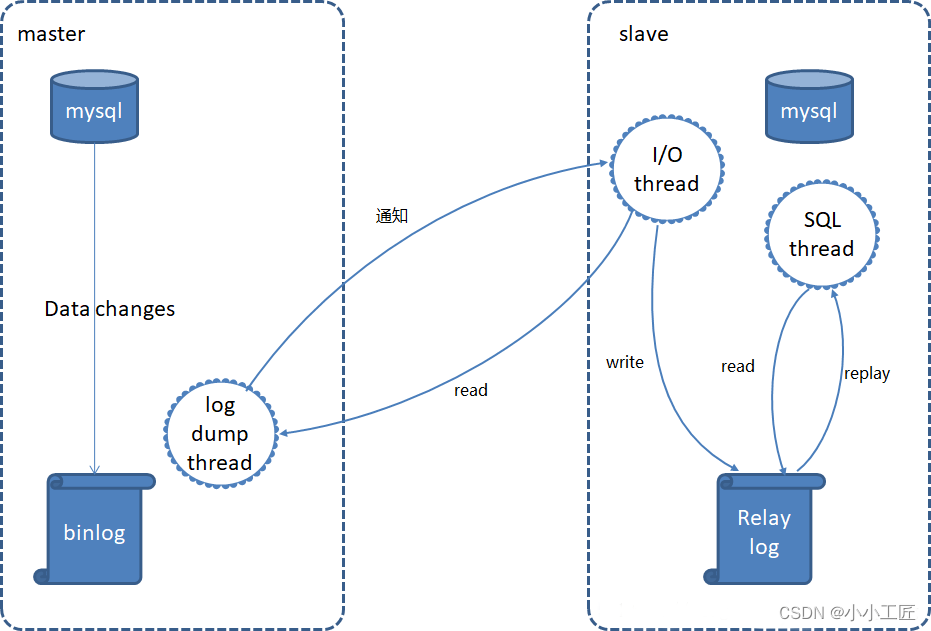✨什么是bind()
bind()的MDN地址
bind() 方法创建一个新函数,当调用该新函数时,它会调用原始函数并将其 this 关键字设置为给定的值,同时,还可以传入一系列指定的参数,这些参数会插入到调用新函数时传入的参数的前面。
🍧 call(),apply(),bind()的异同
🎐 相同点
三者都是动态的修改函数内部的this指向
🎶 不同点
- 传参方式不同,call()和bind()是按照顺序传参,apply()是通过数组/伪数组传参。
- 执行机制不同,call()和apply()是立即执行函数,bind()不会立即执行函数,而是会返回一个修改过this的新函数。
🍿 call()
函数名.call(修改后的this,形参1,形参2…)
person = {
name: 'zhangsan'
}
function fn (a, b,) {
console.log(this) //{name: 'zhangsan'}
console.log(a, b) //1 2
console.log(a + b) //3
}
//call 立即执行函数 没有返回值
let res = fn.call(person, 1, 2)
console.log(res); //undefined
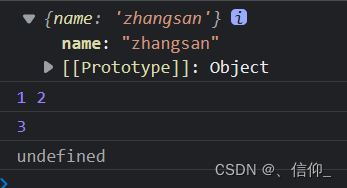
🎄apply()
函数名.apply(修改后的this,数组/伪数组)
person = {
name: 'zhangsan'
}
function fn (a, b) {
console.log(this) //{name: 'zhangsan'}
console.log(a, b) //1 2
console.log(a + b) //3
}
//apply 立即执行函数 没有返回值
let res = fn.apply(person, [1, 2])
console.log(res) //undefined
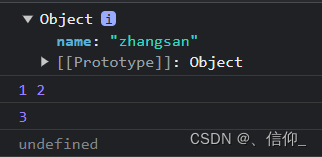
🎡 bind()
函数名.bind(修改后的this,形参1,形参2…)
person = {
name: 'zhangsan'
}
function fn (a, b, c, d) {
console.log(this) //{name: 'zhangsan'}
console.log(a, b, c, d) //1 2 3 4
console.log(a + b + c + d) //10
}
//bind 不会立即执行函数,而是返回一个修改this的新函数
let newFn = fn.bind(person, 1, 2)
newFn(3, 4)

✨ 手写bind() :myBind()
可参照上一篇文章 手写call()
🎡代码
Function.prototype.myBind = function (thisArg, ...args) {
return (...reArgs) => {
// this:原函数(原函数.myBind)
return this.call(thisArg, ...args, ...reArgs)
}
}
// ------------- 测试代码 -------------
const person = {
name: 'zhangsan'
}
function func(numA, numB, numC, numD) {
console.log(this)
console.log(numA, numB, numC, numD)
return numA + numB + numC + numD
}
const bindFunc = func.myBind(person, 1, 2)
const res = bindFunc(3, 4)
console.log('返回值:', res)
🎉 测试
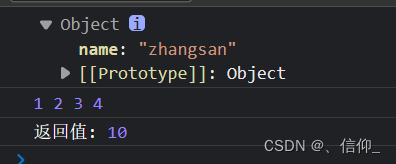
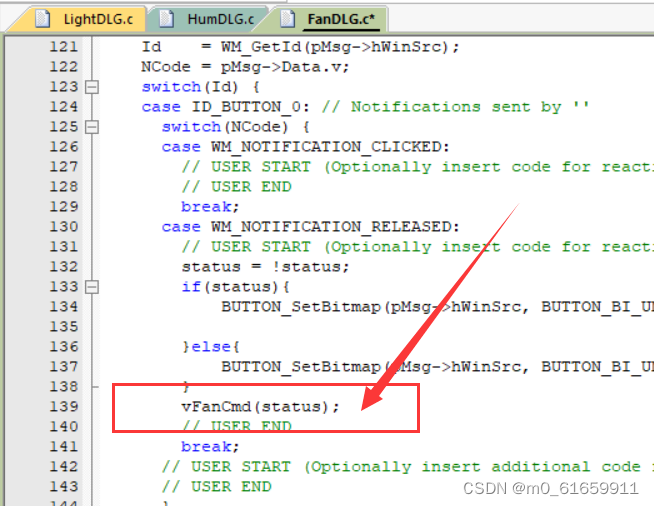
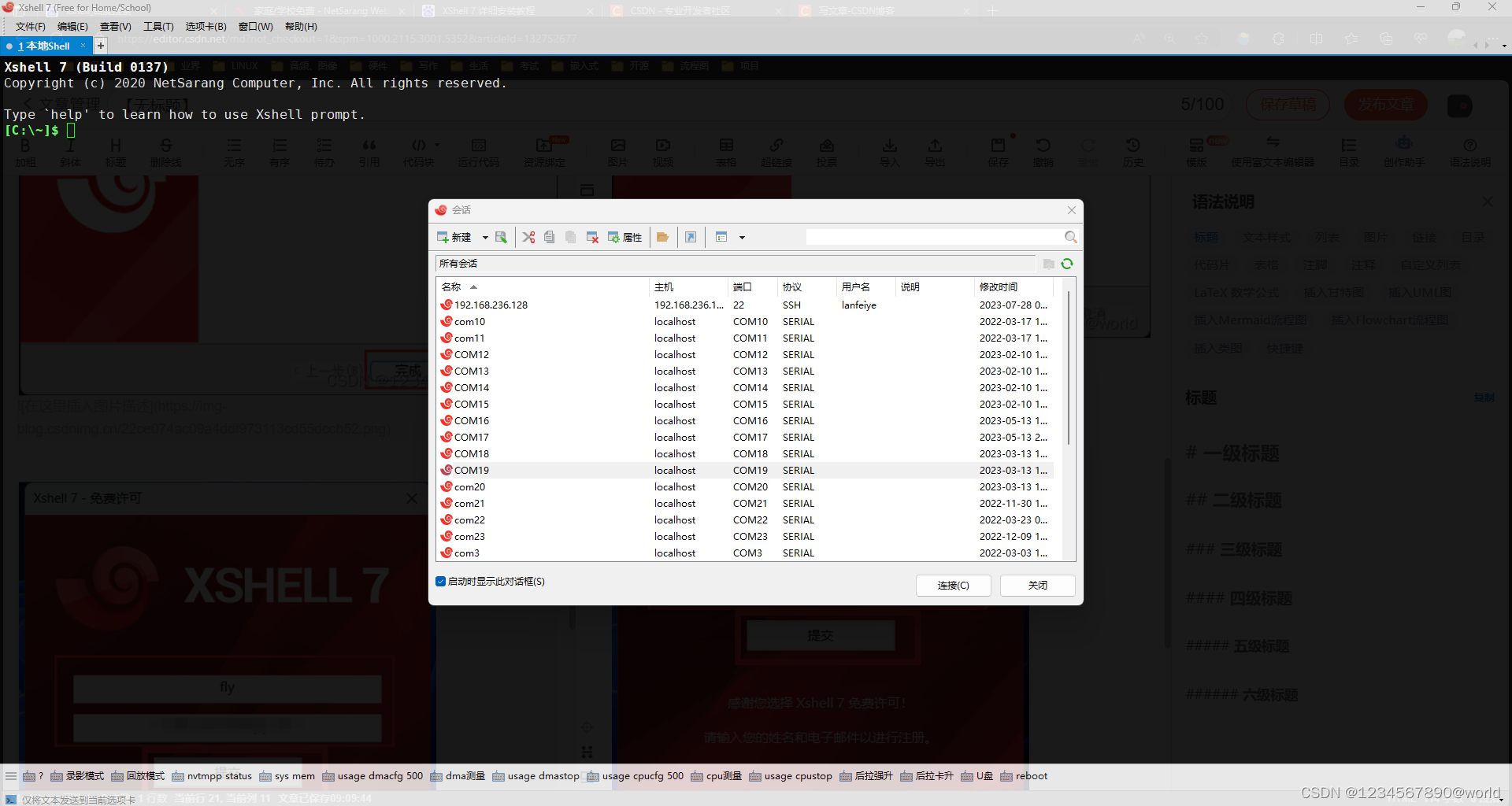




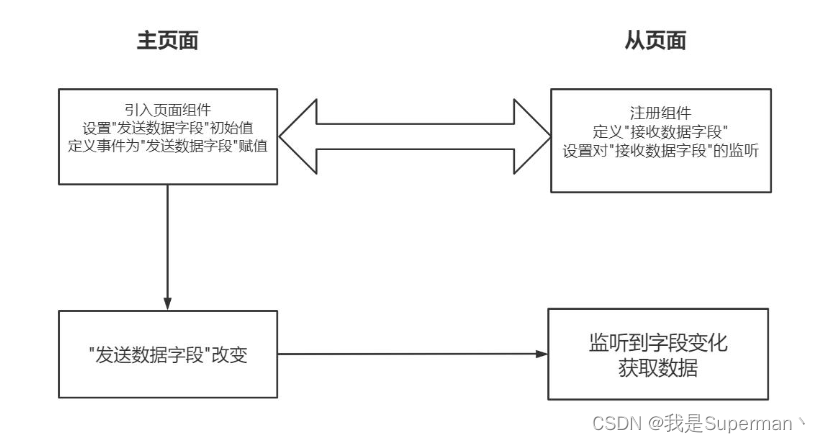


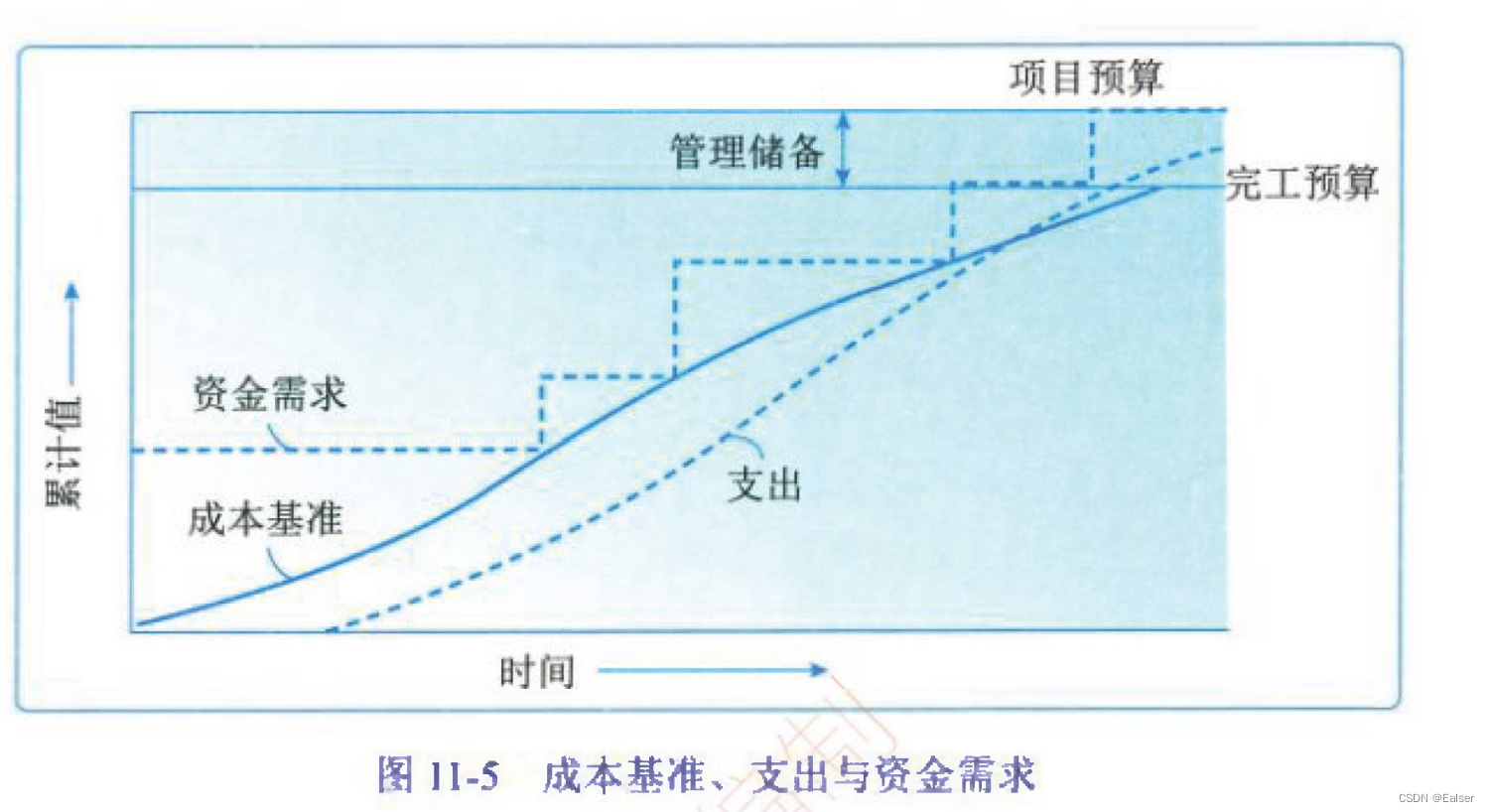



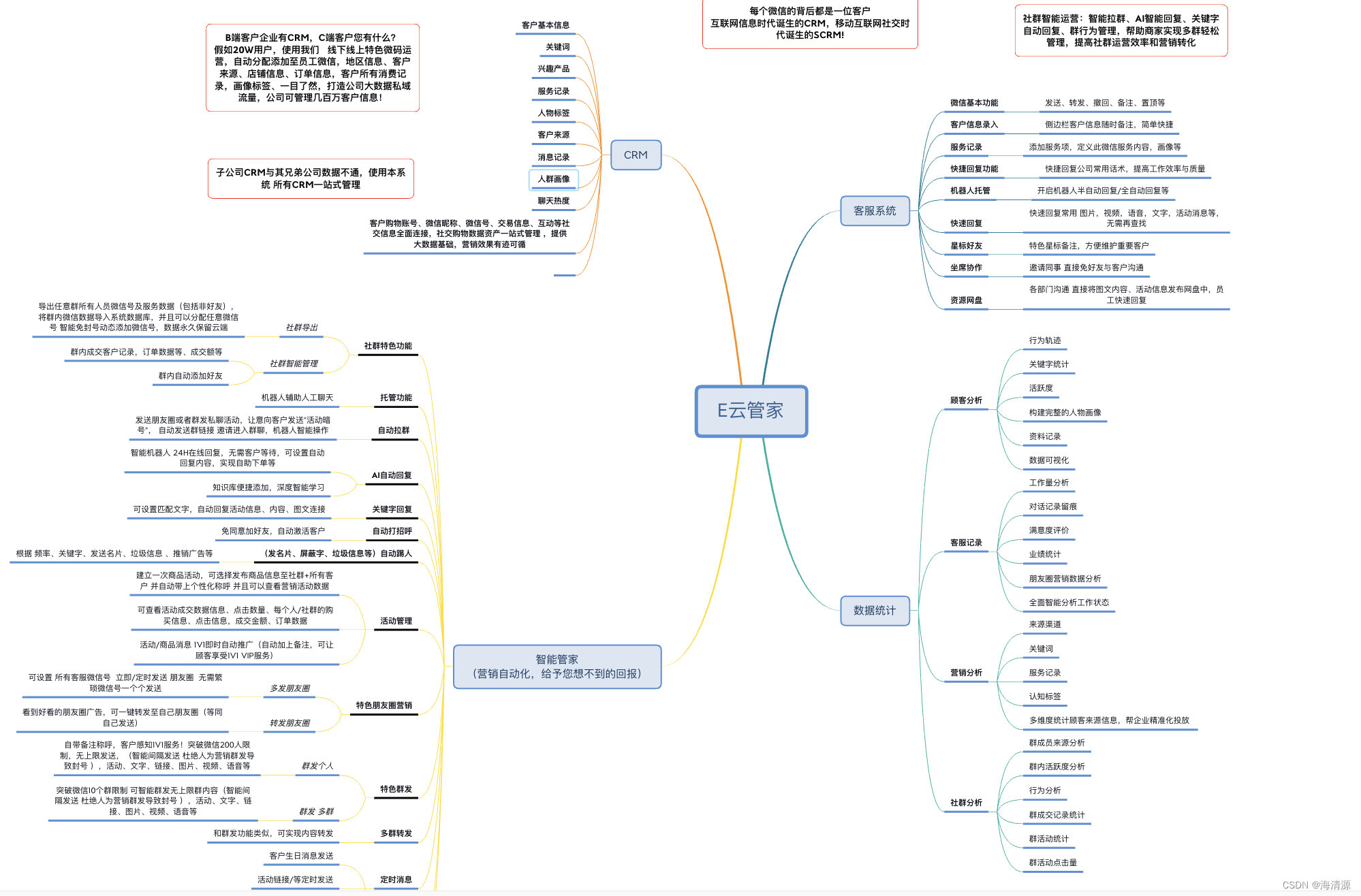
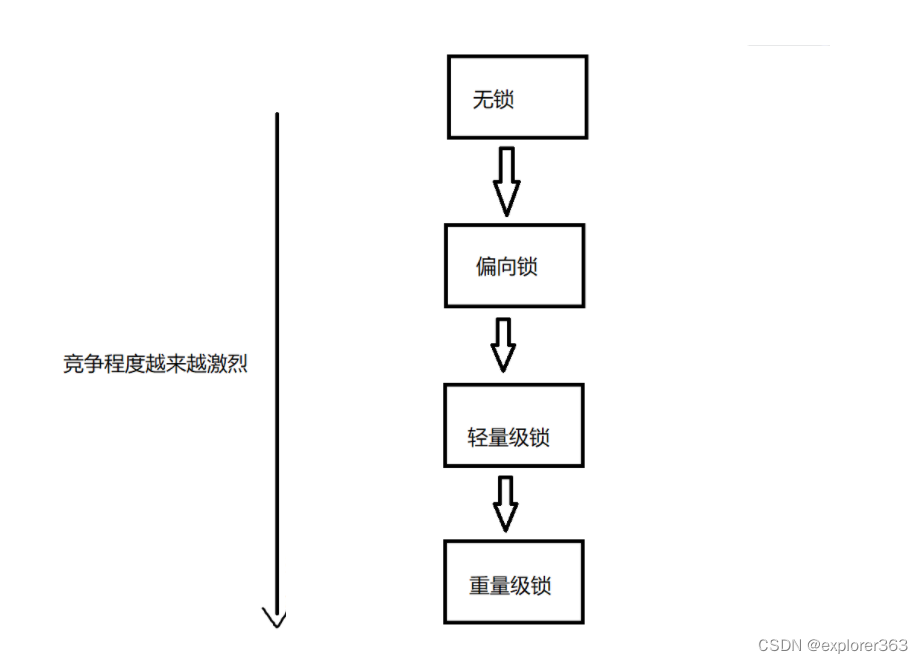

![[GKCTF 2021]Crash](https://img-blog.csdnimg.cn/3fea30632f9f4721a1f8120dca16cfdb.png)
